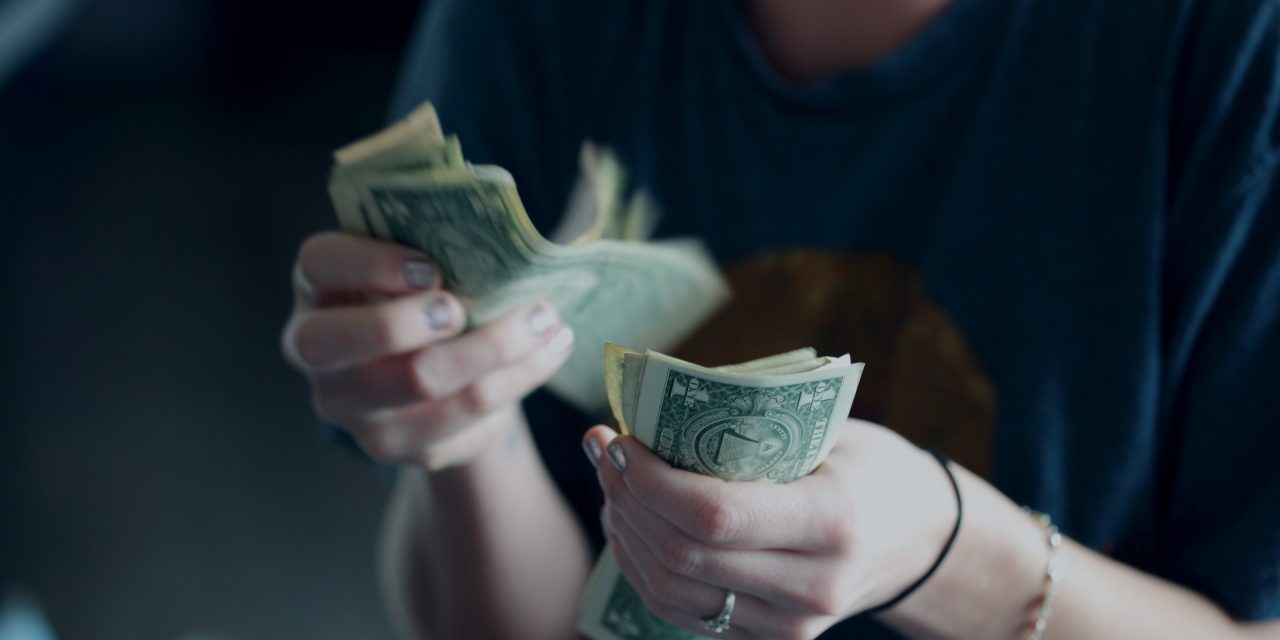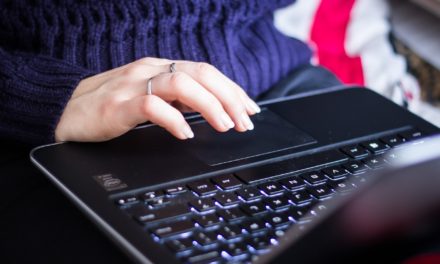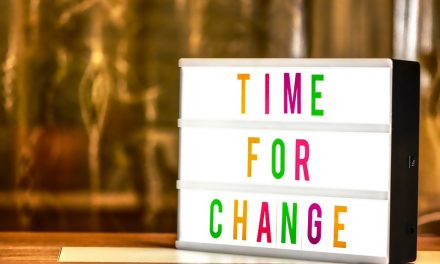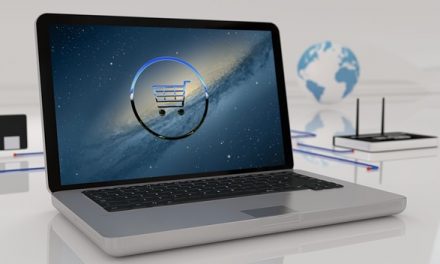Photo by Sharon McCutcheon on Unsplash
COVID-19 has had a major impact on behaviors and values. Volatility is the new normal now that the pandemic has upended Americans’ lives.
The changes aren’t uniform nationwide. Each is different. They stem from a myriad of health, economic, and social implications.
As a result of business closures and government-mandated shutdowns, consider that Americans have had to drastically change their habits.
For instance, schools, gyms and movie theaters have closed. Dining at restaurants came to a halt. On the dark side of society, prostitutes and escorts haven’t been able to find as much “work” as they did prior to the coronavirus outbreak.
To stay abreast of consumers and persuade them to buy, it’s important to take precautions to develop enough insights to accomplish your objectives. How?
Three strategic mindsets:
-
Seeing the pandemic as an opportunity for growth.
-
Developing an astute awareness of consumers’ altered beliefs and habits.
-
Fine-tuning products, services, customer experiences and messaging.
So how do businesses understand their next best steps?
They must identify consumers new preferences and then change approaches in multiple ways:
-
Rather than fight the trends, show empathy and support for new consumer viewpoints
-
Attract customers with new products and services
- Help or support the new consumer behaviors with circumstantial prompting
- Develop messages to conform to the new consumer habits
- Continue to study consumers as thoroughly as possible
Here’s an explanation of each:
Rather than fight the trends, show empathy and support for new consumer viewpoints
This is all about psychology. Many consumer beliefs are deeply embedded in their psyche. Fighting it is futile.
Following the pandemic outbreak, consumers were forced to alter their habits and behaviors in many ways. So, when they found new experiences to be enjoyable, they were open to change.
Two examples:
Firstly, when gyms were closed as a result of the pandemic, Peloton bike sales immediately soared 66 percent to $524.6 million. Also in April 2020, Peloton held its largest virtual class ever as its customers worked out at home. By the way, Peloton’s spinning bike goes for $2,245 and its treadmill for $4,295.
Secondly, as a result of social distancing, airlines’ revenue plummeted 90 percent while RV sales and rentals skyrocketed. Demand for RVs outstripped supply. Depending on styles and features, RVs can cost as much as $300,000. Even a truck camper can cost as much as $70,000.
Attract customers with new products and services
If you innovate, you can attract new customers who are health and safety conscious as result of the pandemic.
With restaurants closing, packaged-food companies have exploited cooking-at-home habits.
The pandemic has spiked huge sales of minerals and vitamins. Following flat global sales in recent years, Unilever has enjoyed tremendous sales increases of Lipton Immune Support tea.
Keys for Leadership in Marketing and Sales after COVID-19
In previous years, the AR-15 rifle got all the attention. The pandemic and the subsequent riots have sparked record handgun sales. Including all types of guns, sales were 80 percent higher in May 2020. Admittedly, they’re not all new releases. Published reports indicate almost half the guns sold are to first-time gun owners.
Help or support the new consumer behaviors with circumstantial prompting
Consumers form certain behaviors depending on their circumstances. The marketing trick is to turn the behaviors into habits.
With the right marketing and packaging, companies can influence consumers to extend their behaviors into habits.
For instance, the pandemic has prompted consumers to keep disinfecting wipes and sanitizers handy. Why not show the consumer where to keep the products nearby for easy use?
Develop messages to conform to the new consumer habits
Brand messaging should remain current with the times. With all the fear surrounding the pandemic and resulting unrest in many cities, the right tone in messaging could inspire changes in consumers’ behaviors.
But it requires an awareness of consumer sentiment. These days consumers are acutely aware of a company’s social responsibilities, cause-related marketing and how employees are treated.
But be aware that consumers expect authenticity. They will not appreciate messaging and company initiatives that aren’t honest and sincere.
Therefore, use focus groups and test, test, test your ideas.
Continue to study consumers as thoroughly as possible
You must be mindful that all consumer purchases are based on emotion, no matter how small the purchases.
Otherwise, you can continue to expect change in consumer behavior. So, know that consumer beliefs, emotions and reasons for buying will continue to evolve.
It will be vital to continue to monitor your marketplace for insights into consumers – changing beliefs, values and motivations.
Quantitative research will often have to take a backseat to quantitative research. That even means artificial-intelligence-driven message boards, social-media monitoring and even digital data-gathering.
You’ll have to constantly focus on new thinking for each geographical region; then fine-tune your products and messaging accordingly.
From the Coach’s Corner, editor’s picks:
Innovations for Restaurateurs to Succeed Post COVID-19 — Adaptable, well-organized and financed restaurants will succeed. For them, there are frameworks to follow and actions they can take.
COVID-19 Poses Threats to Free Enterprise — The pandemic hangs like an atomic health-care bomb threatening America’s free-enterprise system. This includes the future of the average workplace, sustainability of once-profitable companies and the nation’s economy.
COVID-19’s Lesson for Reviewing Business Procedures — Analogous for business in the coronavirus pandemic, doctors have plans of action and procedures to successfully reach their desired outcomes – to heal patients. Here’s the case to review your standard operating procedures.
Overcome COVID-19 by Recasting Your Business Model — The coronavirus has resulted in a terrible crisis for businesses. However, many can slow the spread of the pandemic while becoming profitable by enhancing their digital capabilities. Here’s how.
Coronavirus Pandemic – a Silver Lining for Companies — Despite an overwhelming need for efficiency and innovation in the COVID-19 pandemic, Amazon has been failing in customer service and was forced to make drastic changes to the detriment of thousands of brands. For non-Amazon vendors, this is an opportunity for growth.
“The top salesperson in the organization probably missed more sales than 90% of the sales people on the team, but they also made more calls than the others made.”
-Zig Ziglar
__________






